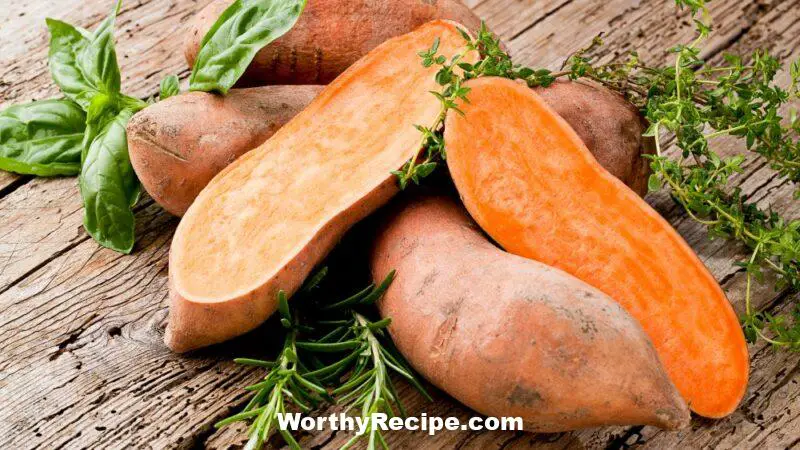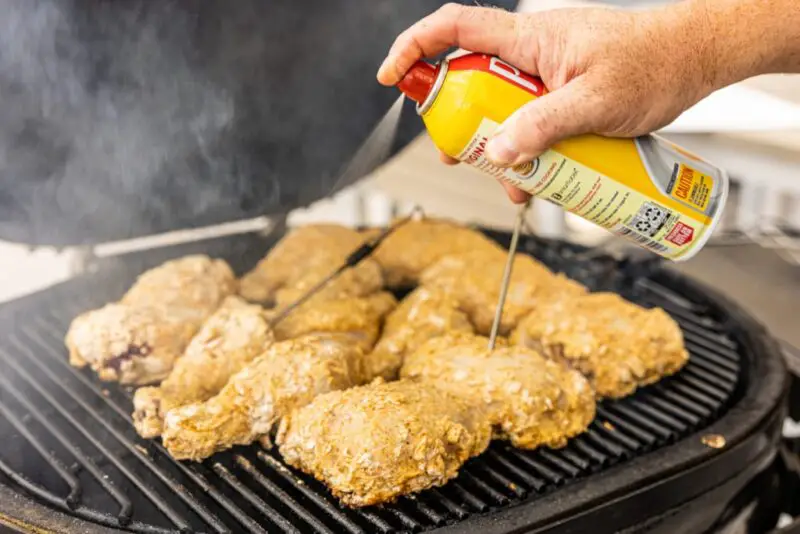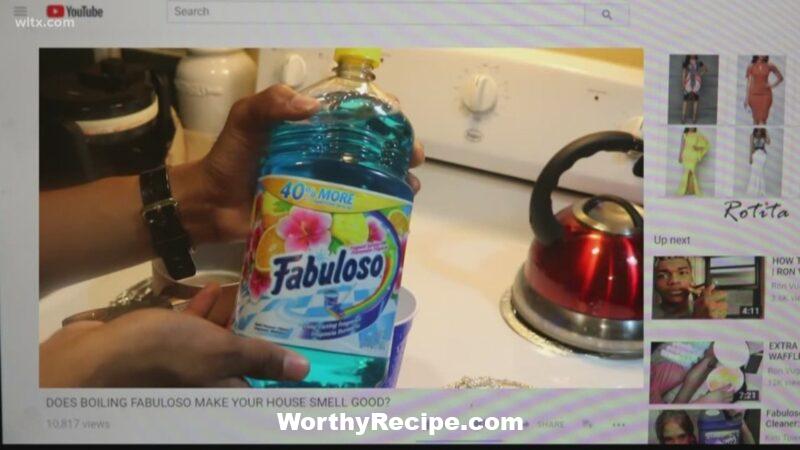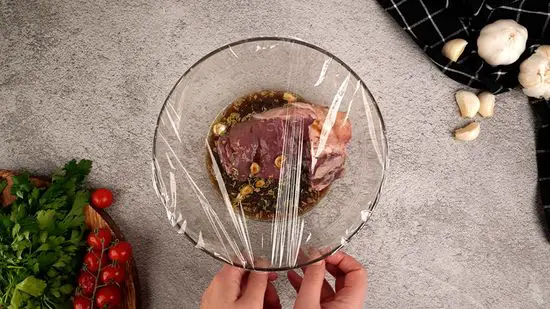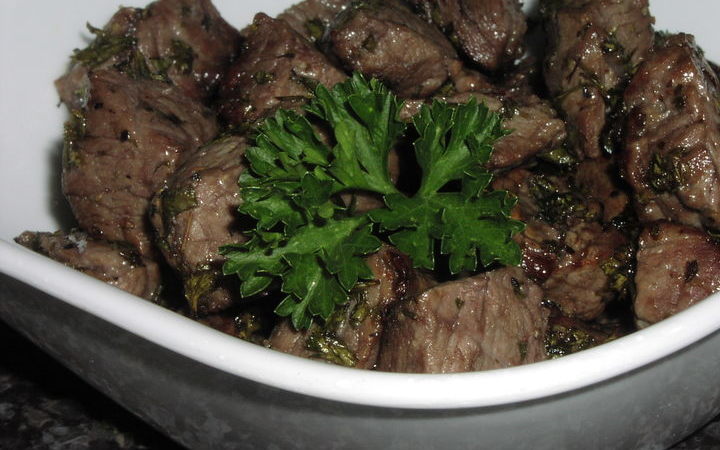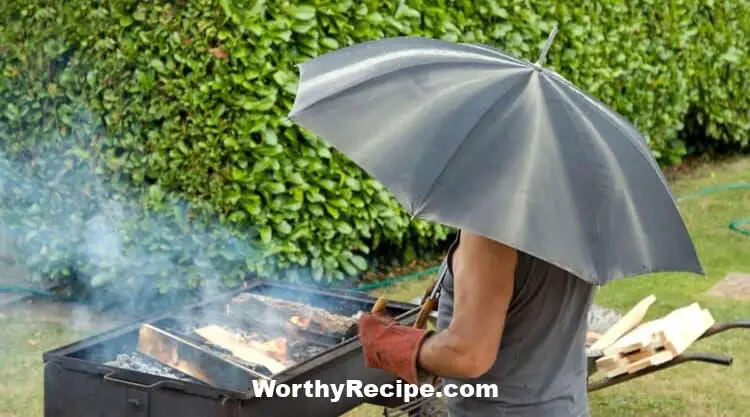Why is My Sweet Potato Tough After Cooking?
Sweet potatoes are a delicious and nutritious food that is popular worldwide. However, one common problem that many people encounter when cooking sweet potatoes is toughness. A tough sweet potato can be disappointing, as it detracts from the flavor and texture of the dish. In this article, we will explore the causes of tough sweet potatoes and how to cook them properly to avoid this problem.
What are the Causes of Tough Sweet Potatoes?
There are several reasons why sweet potatoes may become tough after cooking:
Insufficient cooking time
If the sweet potatoes are not cooked long enough, they may be hard and difficult to chew. This is more common when boiling or steaming sweet potatoes as it’s challenging to tell when the interior is ready just by looking at them. It’s essential to test them using a fork or knife to check for doneness before assuming they are ready.
High altitude cooking
Cooking sweet potatoes at high altitudes requires more time than cooking at sea level. Water boils more quickly at lower temperatures, meaning that you must increase your cooking time or use a pressure cooker if you live in a high altitude area.
Overcrowding in the pot or pan
If you put too many sweet potatoes in a pot or pan, they will not cook evenly. Ensure there’s enough space for each piece so that they cook evenly throughout and avoid overcrowding to get tender flesh and crispy skins.
Using old or incorrectly stored sweet potatoes
If your sweet potatoes have been sitting around for an extended period, they may become dry and rock hard. Storing them in damp places will also accelerate spoilage. You should inspect each piece before cooking, and dispose of those that have begun spoiling or growing sprouts.
How to Cook Sweet Potatoes to Avoid Toughness
To avoid hard sweet potatoes, you must prepare your sweet potatoes correctly and use the right cooking methods. The following techniques will give you deliciously tender sweet potatoes every time:
Preparation
Selecting fresh sweet potatoes
The key to having great-tasting sweet potatoes is buying fresh produce that hasn’t been stored for too long. If you shop at a grocery store, check for the “sell-by” date or ask a vendor how long ago they were harvested before buying. Choose firm sweet potatoes with unbroken skin instead of soft and pliable ones as those will most likely not cook well.
Proper storage before cooking
Store sweet potatoes in a cool, dark place like a pantry or cabinet. They will last several weeks here without deteriorating. Keep them away from light or heat sources, which can cause them to spoil quickly.
Cleaning and peeling
Before cooking, wash the sweet potatoes thoroughly under running water using a vegetable brush if available since most farmers spray their crops with pesticides. Peel the skin off once all dirt and debris are removed using a peeler; be careful not to discard too much of the flesh along with it.
Cooking Methods
You can cook sweet potatoes using several techniques including boiling, steaming, roasting, grilling, microwaving, and frying.
- Boiling: Boiling is an excellent technique for making mashed sweet potatoes, but it’s not necessarily an efficient way to keep them tender if overdone. Start by cutting the sweet potatoes into small cubes, then cover the diced pieces with water and a pinch of salt in a saucepan. Bring them to boil over medium heat until fork-tender, but not falling apart – about 15 minutes.
- Steaming:This alternative to boiling is gentler on sweet potatoes and can keep their texture intact. Cut them into even-sized pieces that will cook evenly before steaming on a steamer basket for no more than 20 minutes. Use a fork to check the doneness or cook until slightly tender but still firm enough to hold its shape.
- Roasting:Roasting is a fantastic way to achieve caramelized and crispy edges while keeping the interior tender and moist. Preheat your oven to 425°F (218°C). Cut them into similar-sized wedges or strips, place them in a single layer on a baking sheet lined with parchment paper, and drizzle with oil and salt for seasoning. Then bake for 30-40 minutes, checking every ten minutes to prevent burning.
- Grilling:Grilled sweet potatoes can add smoky flavors that go well with BBQ dishes. Cut into long strips close to 1/2 inch thick, brush lightly with olive oil on all sides or seasoned sauce, then grill over medium-high heat for approximately 5-6 minutes per side. The thicker they are, the longer they will take to cook.
- Microwaving:Microwaving sweet potatoes needs time management skills as it is easy to dry them out if not careful. Before microwaving, wash and poke holes in the potato using a fork or knife peeling the skin off. Make sure it’s covered in plastic wrap loosely so that steam can escape while keeping some moisture inside. Then heat it on high for around 5-8 minutes, depending on size, until tender, and warm with a fork-prick test about two minutes before its done.
- Frying: Frying provides the crispiest texture and golden-brown edges but can make sweet potatoes tough if not done right. Cut the sweet potatoes into thin slices or small cubes, depending on the recipe’s requirements. The oil should be heated to between 325°F and 350°F (163°C and 177°C) before frying them in a single layer until crispy and caramelized (around 3-5 minutes). Remove and drain them with a slotted spoon or kitchen towels.
Adjusting for different cooking times and temperatures
Cooking time varies depending on the size of your sweet potatoes and the cooking method. Therefore, adjust cooking temperatures or times when necessary to achieve the perfect dish. When frying, ensure that you use a thermometer to track oil’s heat so that it goes up or down as needed, as too much heat can burn them.
Use a thermometer to achieve the perfect temperature
A thermometer is an essential tool for checking your sweet potatoes’ doneness quickly. When boiling, insert it into one of the potato pieces until it reaches an internal temperature of at least 190°F (88°C), whereas roasting needs only between 200°F (93°C) and 215°F (101° C) inside temperature to indicate that it is ready. Remember not to wait too long to check doneness; otherwise, sweet potatoes will overcook quickly.
Tips and Tricks for Perfectly Cooked Sweet Potatoes
Boiling and Steaming
- Pre-boil sweet potatoes to reduce cooking time: When boiling, smaller pieces require less time than whole potatoes, so cut them into uniform pieces that will cook in the time specified in a recipe.
- Slicing into smaller pieces so they cook evenly:Slicing them is helpful in steaming when you need to achieve uniformly cooked pieces fast. If you have a big sweet potato, just slice it into a few even-sized rounds and steam it between 8-10 minutes until tender.
Roasting and Grilling
- Using parchment paper to prevent burning or sticking:If you’re worried about the sweet potatoes ending up burnt or sticking to the pan, use either non-stick, silicone baking mats or parchment paper. This step is essential when roasting at high temperatures like 425°F (218°C).
- Adding seasoning for taste:When roasting, coat the wedges or strips with oil and spices of your choice for flavor. Try adding cinnamon, nutmeg or chili powder for enhanced taste.
Microwaving and Frying
- Keeping sweet potatoes moist during microwaving:To prevent drying out as it cooks on high in the microwave is essential to wrap it loosely to trap some of the moisture while emitting the steam produced. Another alternative is to place a damp paper towel atop the potato while microwaving; it works just as well.
- Frying at proper temperature:The most common mistake people make when frying sweet potatoes is frying at a temperature below 325°F (163°C). This low heat will make them soggy and chewy instead of crispy. Also, avoid overcrowding the pan, which causes a temperature drop when the potatoes start releasing moisture into the oil.
Frequently Asked Questions on Tough Sweet Potatoes
- Are white sweet potatoes less tough after cooking than orange ones? There isn’t much difference in texture between the two varieties of sweet potatoes. The reason some people might believe white sweet potatoes are less tough more is because white sweet potatoes have a slightly lower level of carotenoids, which means that they remain pale even when cooked. Thus, there’s a perception that they are softer or more tender than orage ones when they’re not
- How do I store cooked sweet potatoes to prevent them from being tough?Cooked sweet potatoes should be cooled at room temperature then stored in an airtight container and kept in a refrigerator. Doing this will preserve their moisture level and flavor for up to three days. Reheat them gently in the microwave or oven, covering them with paper or foil.
- Can I eat tough sweet potato?It’s not advisable to eat overcooked or hard sweet potatoes as it may lead to an upset stomach or take away from the eating experience. Try decreasing cooking time if you prefer your sweet potato to be chewier and smooth.
Conclusion
Cooking perfect sweet potatoes every time is achievable if you are aware of the factors that affect their tenderness. Proper preparation and selecting fresh produce go a long way in ensuring a delicious outcome. Consider experimentation with different cooking methods and preparation techniques until you discover the results you desire. And always remember to adjust your cooking times and temperatures according to your preference for best results!
Frequently Asked Questions
Why did my sweet potato turn out tough after cooking?
Sweet potatoes are naturally starchy, and their texture can be affected by several factors that include the cooking method, temperature, and timing.
What are some possible reasons why my sweet potato turned out tough?
One reason could be that you didn’t cook it for long enough. If your sweet potato is not cooked fully, its texture can be tough and chewy. Another explanation could be that you overcooked it. Overcooking sweet potatoes can lead to a loss of moisture and nutrients, resulting in a rough, rubbery texture.
How can I prevent my sweet potato from becoming tough when cooked?
First, make sure to wash your sweet potato thoroughly before cooking. Additionally, selecting a cooking method that steams or roasts the sweet potato instead of boiling it will help retain its moisture content. Finally, avoiding overcooking by checking it regularly during the cooking process can also help ensure a tender and fluffy finished product.
Can I still eat a tough sweet potato?
Yes! Even if your sweet potato turns out tough after being cooked, it is still safe to eat. You can try mashing or pureeing it, using it as a topping for salads or bowls. Alternatively, cube the sweet potato and roast them in the oven with some spices – this helps give them extra flavor!
